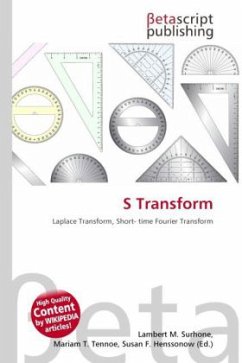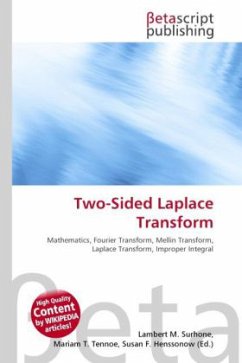High Quality Content by WIKIPEDIA articles! Examples 2 & 3 clearly show that the Z-transform X(z) of x[n] is unique when and only when specifying the ROC. Creating the pole-zero plot for the causal and anticausal case show that the ROC for either case does not include the pole that is at 0.5. This extends to cases with multiple poles: the ROC will never contain poles. In example 2, the causal system yields an ROC that includes left z right = infty while the anticausal system in example 3 yields an ROC that includes left z right = 0 . ROC shown as a blue ring 0.5 left z right 0.75 In systems with multiple poles it is possible to have an ROC that includes neither left z right = infty nor left z right = 0 . The ROC creates a circular band. For example, x[n] = 0.5^nu[n] - 0.75^nu[-n-1] has poles at 0.5 and 0.75. The ROC will be 0.5 left z right 0.75 , which includes neither the origin nor infinity. Such a system is called a mixed-causality system as it contains a causal term 0.5^nu[n] and an anticausal term -(0.75)^nu[-n-1] .
Bitte wählen Sie Ihr Anliegen aus.
Rechnungen
Retourenschein anfordern
Bestellstatus
Storno








